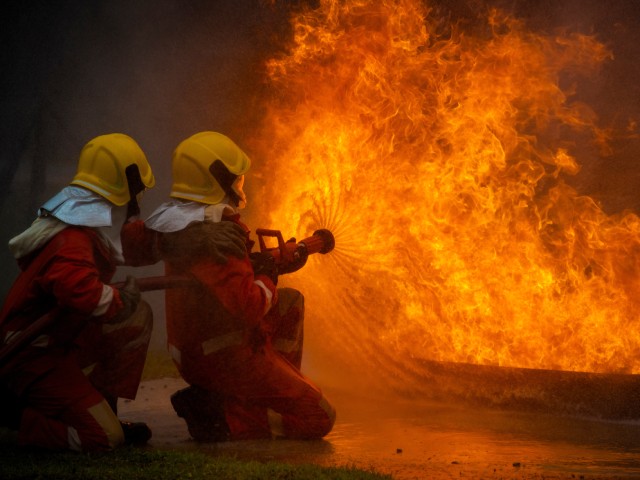

When workplace safety is a top priority, flame-resistant (FR) clothing is an essential investment. Designed to mitigate burns and injuries caused by fire or heat exposure, FR clothing is not just protective—it’s lifesaving. This article dives into the industries that must use flame-resistant (FR) clothing, examining why it’s crucial, and explores specific situations like controlled forest burns that rely on it.
The oil and gas industry is inherently high-risk. Workers constantly deal with flammable liquids and gases that can ignite from a single spark. FR clothing protects against flash fires and high-temperature exposure during tasks, such as drilling, refining, and transporting fuel.
Without such apparel, workers face severe burns and life-threatening conditions. Compliance with safety standards, such as those outlined by OSHA, often mandates FR clothing for workers in this field to maximize their safety.
Electrical utility workers face the regular threat of arc flashes—intense bursts of heat caused by electrical faults. These flashes can exceed 35,000 degrees-Fahrenheit and cause serious injuries in seconds.
FR clothing acts as a barrier by reducing the risk of severe burns. For lineworkers repairing high-voltage equipment or electricians working in substations, FR clothing is integral to their day-to-day safety. By wearing proper garments, they can perform their tasks knowing they are safe from electrical hazards.
Welding and metal fabrication expose workers to sparks, molten metal, and extreme heat. Welding jackets are often flame-resistant, but standard work pants might fall short.
FR pants provide better coverage than non-FR options during tasks like grinding or torch cutting as they protect workers from the waist down. This gear minimizes injury risks while aligning with workplace safety protocols.
Facilities producing volatile compounds frequently run the risk of chemical fires. Workers handling explosive materials, hazardous solvents, or combustible chemicals must wear FR clothing for full-body protection.
Such environments demand specialized FR garments that can resist flames but also withstand chemical exposure. Without this layer of safety, employees are left vulnerable to burns and chemical splash-related injuries.
Firefighters embody safety measures, with FR clothing acting as their first line of defense. Whether responding to emergencies or tackling controlled forest burns, these professionals rely on flame-resistant materials to shield their bodies from extreme heat and direct exposure to flames.
Controlled burns, often used for forestry management, underscore the importance of FR gear. Workers and firefighters handling these burns rely heavily on protective clothing so that they can execute tasks safely while reducing potential risks.
Flame-resistant clothing is a critical safety investment for anyone working in these high-risk industries. From oil rigs to fighting fires, the significance of FR clothing is undeniable.
24World Media does not take any responsibility of the information you see on this page. The content this page contains is from independent third-party content provider. If you have any concerns regarding the content, please free to write us here: contact@24worldmedia.com
